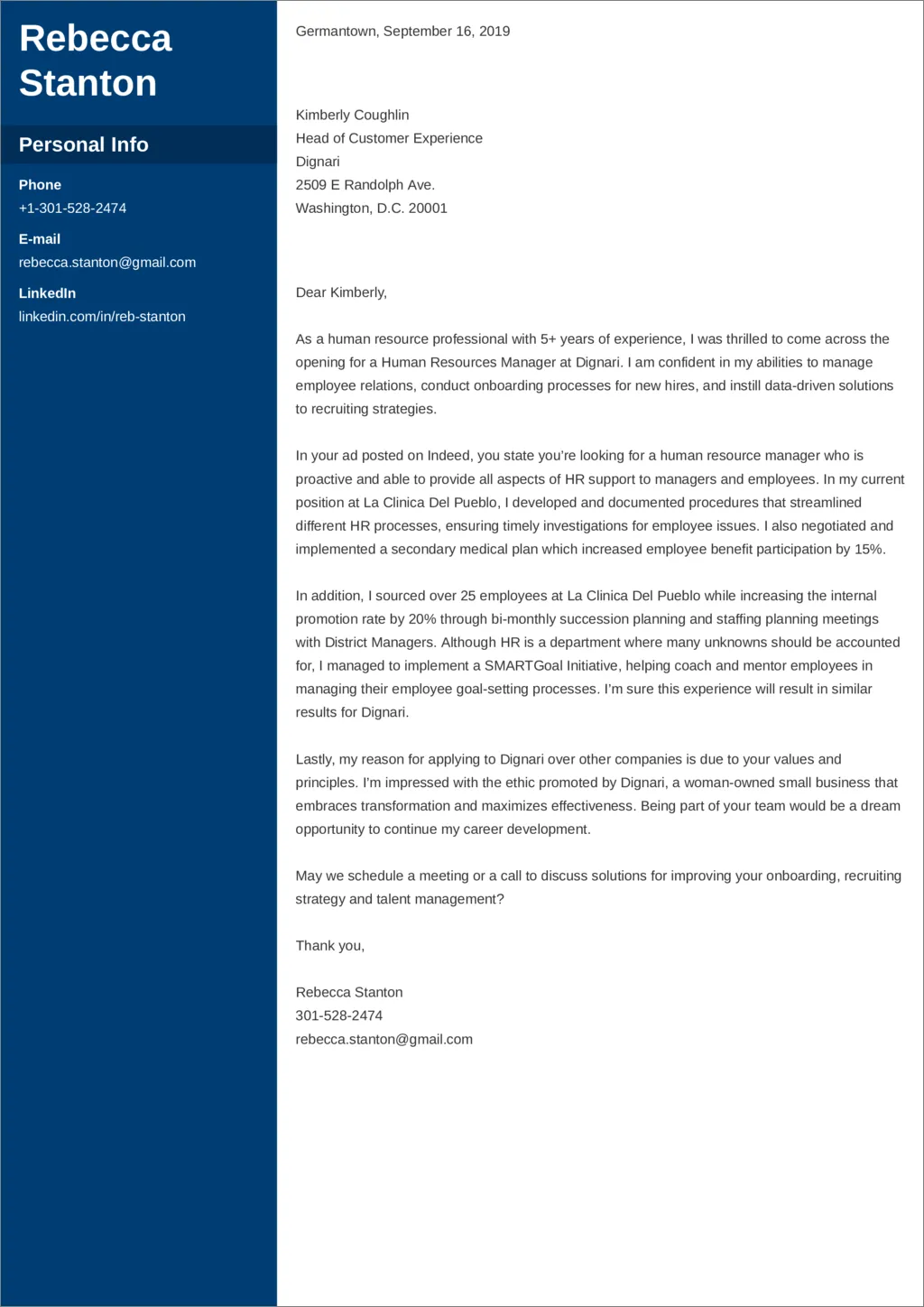Why a Cover Letter Matters
In today’s competitive job market, a well-crafted cover letter can be the key to unlocking your dream job. It serves as your initial introduction to a potential employer, offering you a unique opportunity to showcase your personality, enthusiasm, and relevant skills beyond the confines of your resume. While your resume provides a snapshot of your experience and qualifications, the cover letter allows you to tell your story, connecting your skills to the specific requirements of the position and demonstrating your genuine interest in the company. A strong cover letter can make you stand out from other candidates, particularly if you can address any gaps in your experience or explain your career aspirations with clarity. Consider it your chance to make a lasting first impression and compel the hiring manager to read your resume with greater interest.
Cover Letter Basics
Understanding the Purpose
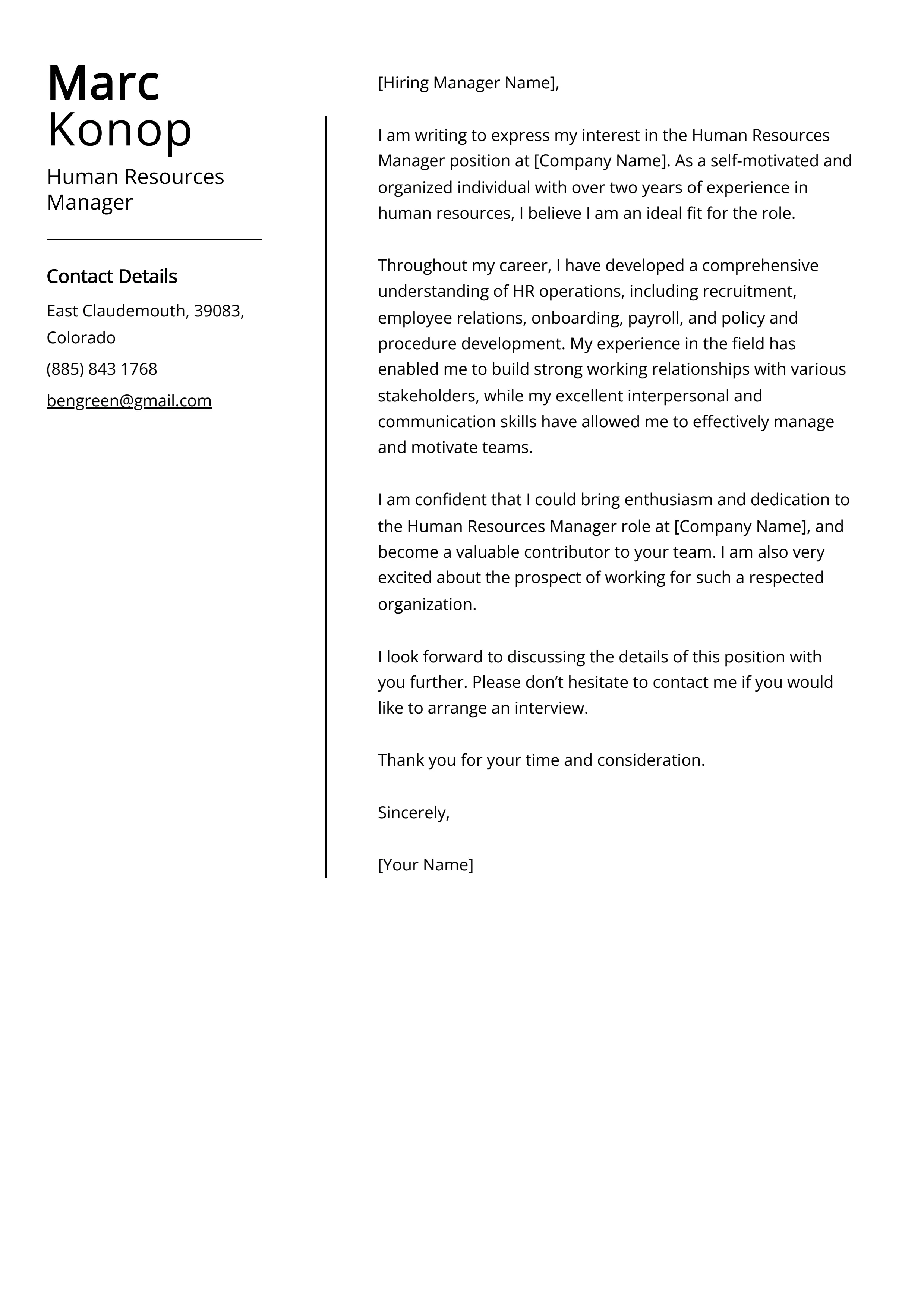
The primary purpose of a cover letter is to introduce yourself, highlight your qualifications, and express your interest in a specific job opportunity. It’s your chance to demonstrate how your skills and experience align with the needs of the company and the requirements of the role. This document allows you to provide context to your resume, explaining why you are a suitable candidate. It should be tailored to each job you apply for, making sure you mention why you are interested in the specific company and role. The cover letter also provides a glimpse into your communication skills, professionalism, and personality, helping to make a connection with the hiring manager.
Key Components of a Cover Letter
Contact Information
Begin your cover letter by including your contact information in the header. This typically includes your full name, phone number, email address, and optionally, your LinkedIn profile URL. Directly below this, include the date and the hiring manager’s name, title, and company address if you know it. Use a professional email address and ensure your voicemail is set up to reflect positively on your candidacy. Make sure all information is up to date and easily accessible. Correct formatting is essential, guaranteeing the recruiter can easily contact you. If the hiring manager’s name is not available, use a general greeting like ‘Dear Hiring Manager’.
The Salutation
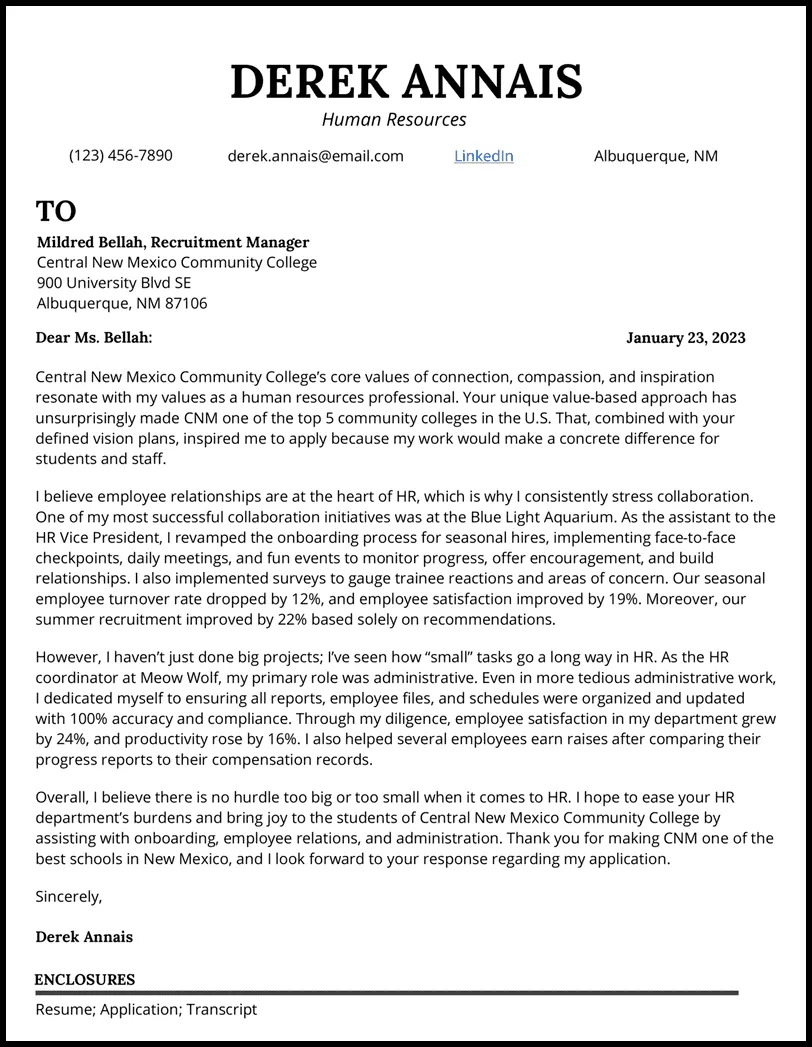
The salutation sets the tone for the rest of your cover letter. Aim for a professional and respectful greeting. ‘Dear Mr./Ms./Mx. [Last Name]’ is the most formal and recommended approach if you know the hiring manager’s name. If the name is unavailable, ‘Dear Hiring Manager’ is a suitable alternative. Avoid overly casual greetings like ‘Hi’ or ‘Hello’ unless you know the company’s culture is informal. Always double-check the spelling of the recipient’s name and title to demonstrate attention to detail. A well-chosen salutation shows you have taken the time to personalize your application.
Crafting a Compelling Opening
The opening paragraph is crucial for capturing the reader’s attention. Start by stating the position you are applying for and where you found the job posting. Briefly explain why you are interested in the position and the company. Highlight one or two of your most relevant skills or experiences. This paragraph should immediately establish your enthusiasm and make the hiring manager want to read more. The opening should be concise, impactful, and demonstrate your understanding of the company’s needs. Avoid generic openings; tailor this section to each specific application to set yourself apart from the crowd. Consider mentioning a specific achievement that aligns with the job requirements.
Highlighting Your Skills and Experience
The body of your cover letter is where you showcase your skills and experience. Align your qualifications with the job description, focusing on the key requirements. Use specific examples to demonstrate how you have successfully used your skills in past roles. Instead of merely listing your responsibilities, describe how you have achieved positive outcomes or solved problems. Quantify your achievements whenever possible by providing data or statistics that prove your impact. Use action verbs to describe your accomplishments, such as ‘managed’, ‘developed’, ’led’, or ‘implemented’. Ensure that the skills and experiences you highlight are relevant to the specific job and show a clear connection between your background and the company’s needs.
Tailoring Your Letter to the Job
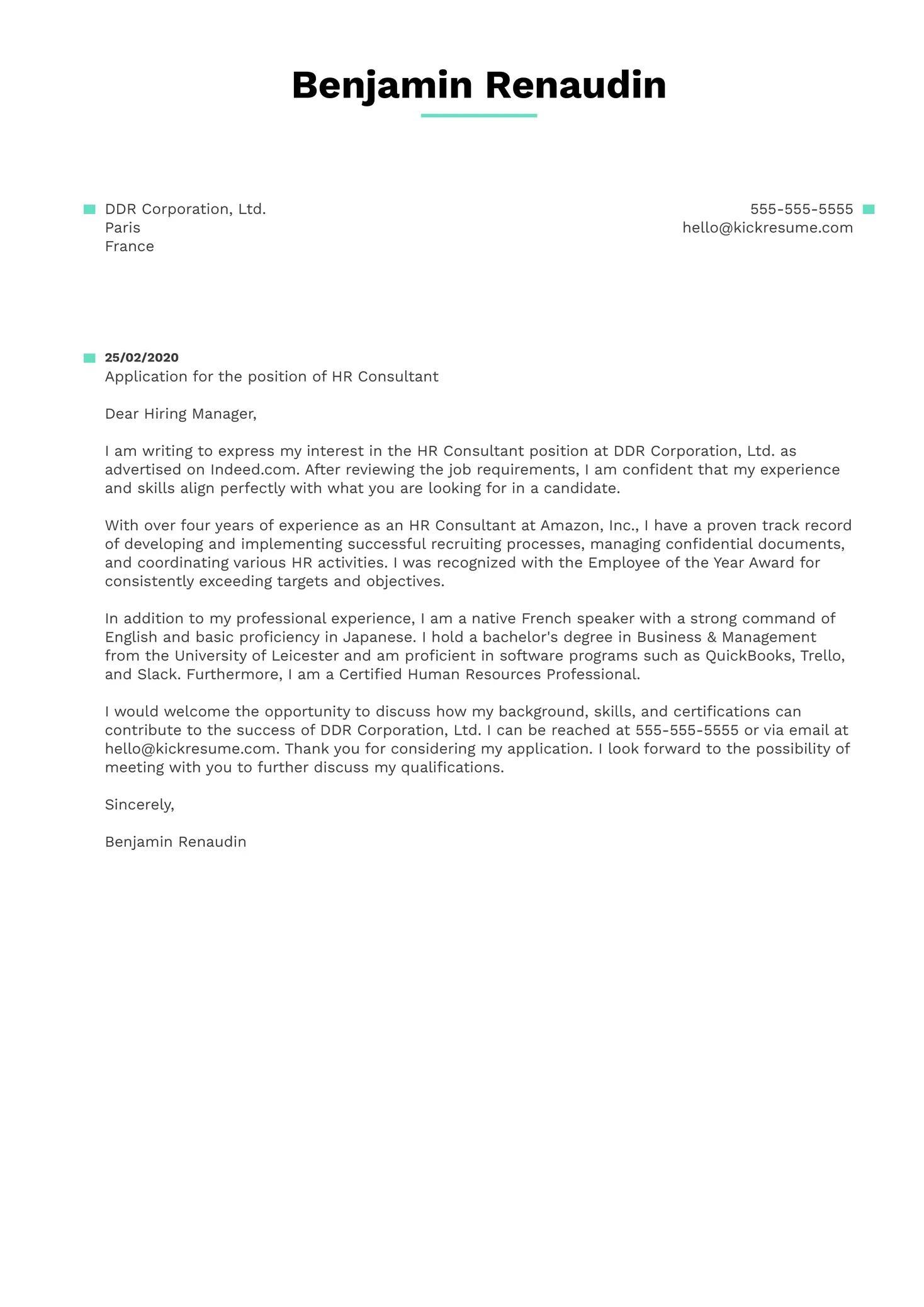
Customizing your cover letter for each job application is critical to showing genuine interest and suitability. Carefully review the job description and identify the key requirements and keywords. Then, tailor your letter to address these specific points. Provide specific examples of how your skills and experience match the job requirements. Research the company, understand its mission, and address how your goals align with theirs. Show a deep interest in the company’s values and culture. Avoid sending generic cover letters; personalization is vital for making a strong impression. This effort demonstrates your commitment and professionalism and helps you stand out from candidates who submit generic applications.
Quantifying Your Achievements
Quantifying your achievements adds credibility and impact to your cover letter. Whenever possible, use numbers, percentages, or specific data to illustrate your accomplishments. For example, instead of saying ‘Improved customer satisfaction,’ say ‘Increased customer satisfaction by 15% within six months.’ This approach provides concrete evidence of your skills and the results you have achieved in previous roles. Quantifiable data helps hiring managers understand your impact and potential value to their company. Include metrics such as sales figures, cost savings, efficiency improvements, or project completion rates. Quantifying your achievements provides a clearer picture of your capabilities and enhances your candidacy.
Demonstrating Company Knowledge
Demonstrating your knowledge of the company shows that you have invested time and effort into understanding their business. Research the company’s mission, values, products, services, and recent news. Incorporate this information into your cover letter to show a genuine interest in the company. Reference specific projects, initiatives, or recent accomplishments. Mention how your skills align with the company’s goals. By showing your understanding of the company’s operations, you establish a strong connection and demonstrate your ability to contribute positively to the team. Demonstrate this knowledge through examples of how your skills fit the company’s needs and values.
Closing with Confidence
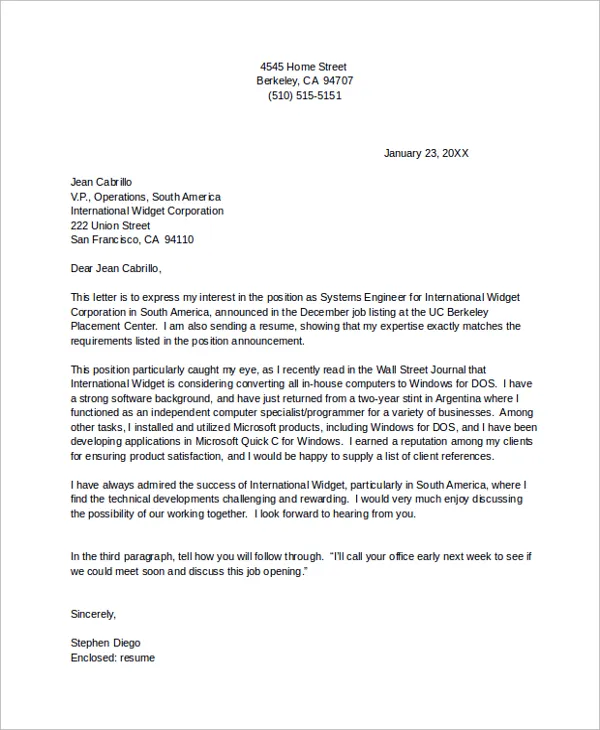
End your cover letter with a strong closing statement that reiterates your interest in the position and company. Reiterate your enthusiasm and summarize your key qualifications. Include a call to action, such as expressing your eagerness for an interview or stating your availability to discuss your application further. Thank the hiring manager for their time and consideration. Use a professional closing, such as ‘Sincerely’ or ‘Best regards’, followed by your full name. Proofread your closing paragraph to ensure that it is concise, impactful, and free of errors. This is your final chance to leave a lasting impression and secure the interview.
Proofreading and Formatting Tips
Common Cover Letter Mistakes to Avoid
Avoid common cover letter pitfalls to maximize your impact. Grammar and spelling errors are the most critical mistakes to avoid. Poor grammar immediately signals a lack of professionalism. Do not use generic templates that don’t fit your qualifications. Tailor each letter to the specific job. Ensure you’re not just repeating your resume; instead, provide further context and detail. Avoid using overly casual language or slang. Do not write an excessively long cover letter; keep it concise and to the point. Avoid negative statements about previous employers or colleagues. Always double-check the company and hiring manager’s names to ensure accuracy. Failure to personalize the letter or research the company indicates a lack of interest.
Using Keywords Effectively
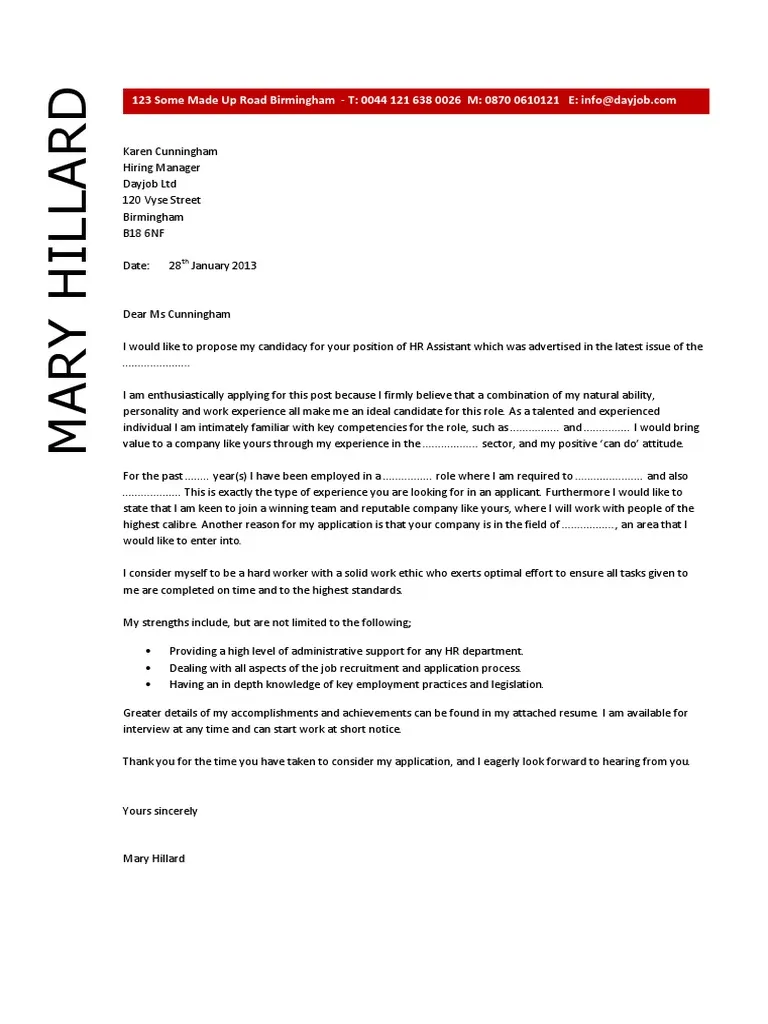
Optimize your cover letter with relevant keywords to make it easily scanned by Applicant Tracking Systems (ATS). Identify the essential keywords from the job description, such as specific skills, qualifications, or industry jargon. Naturally incorporate these keywords into your cover letter, focusing on skills and experience. Use keywords in your opening paragraph, body, and closing, but avoid keyword stuffing, which looks unnatural. The right keywords ensure your application passes through the initial screening and reaches a human reader. Prioritize the keywords that best reflect your capabilities. Maintain a balance between keyword optimization and readability.
Formatting for Readability
Effective formatting is essential to ensure your cover letter is easy to read and visually appealing. Use a professional font such as Arial, Times New Roman, or Calibri, keeping the font size between 11 and 12 points. Use single spacing within paragraphs and double spacing between paragraphs. Keep the cover letter concise, ideally within one page. Use clear headings and bullet points to break up text and make it easier to scan. Avoid using complex formatting or excessive graphics. Proper formatting enhances readability and helps the hiring manager easily find the information they need. Ensure your cover letter is well-organized and visually appealing.
Cover Letter Samples
Reviewing cover letter samples can provide valuable guidance and inspiration when creating your own. Samples offer a model for formatting, tone, and content structure. They can help you understand how to effectively showcase your skills, experience, and accomplishments. Look for samples that match the specific type of job you’re applying for, such as entry-level, experienced professional, or industry-specific positions. Analyze how these samples tailor their content to the job description and company. Use them as a starting point, but personalize your cover letter to reflect your unique skills and experiences. Remember that your goal is to stand out, not simply replicate a template. Many online resources provide a variety of cover letter samples for different professions and experience levels. These samples are great to get started.
Sample Cover Letter for Entry-Level Positions
Entry-level cover letters should emphasize your education, relevant coursework, internships, and any other experiences that demonstrate your potential. Highlight any transferable skills, such as communication, teamwork, problem-solving, or time management. Show enthusiasm for the company and the opportunity to learn and grow. Provide examples of projects or achievements where you excelled. If you have limited work experience, focus on your academic achievements, volunteer work, or extracurricular activities that show you possess the necessary skills. Demonstrate your understanding of the industry and the role’s requirements. Be enthusiastic and express your commitment to learning and contributing to the team.
Sample Cover Letter for Experienced Professionals
Experienced professionals should highlight their past successes and the value they bring to a new company. Focus on achievements, quantifiable results, and how your experience aligns with the job description. Provide specific examples that demonstrate your ability to solve problems, lead teams, and deliver results. Tailor your cover letter to highlight the skills most relevant to the new role. Show how your past roles and successes translate to the requirements of the new position. Showcase your expertise, industry knowledge, and leadership skills. Emphasize your value proposition and how you can contribute to the company’s continued success. Demonstrate your understanding of the company’s strategic goals.
Adapt Your Cover Letter
Adapt your cover letter to fit the specific requirements of each role. Tailor your cover letter to the specific job posting. Address the unique needs and expectations outlined in the job description. Customize your letter to align with the company’s values, mission, and culture. Adapt your language, tone, and formatting to match the company’s style. This level of personalization demonstrates your genuine interest. Highlighting the relevant skills is essential to matching the hiring manager’s expectations. Always research the company and the role to demonstrate alignment. Adaptability helps make a compelling impression, and shows a commitment to the role.
Best Practices for Each Industry
Different industries often have unique best practices for cover letters. Research industry-specific expectations. For example, in creative fields, it may be acceptable to include a portfolio link or use a more innovative format. In more traditional industries, such as finance or law, a formal tone and structure are usually preferred. Always research the specific requirements and preferences of the industry. Ensure that your cover letter aligns with those expectations. Tailor the content to showcase your expertise and industry knowledge. For example, a cover letter in the tech industry might emphasize technical skills and projects. Adapt the tone, style, and format to fit the specific industry standards.
